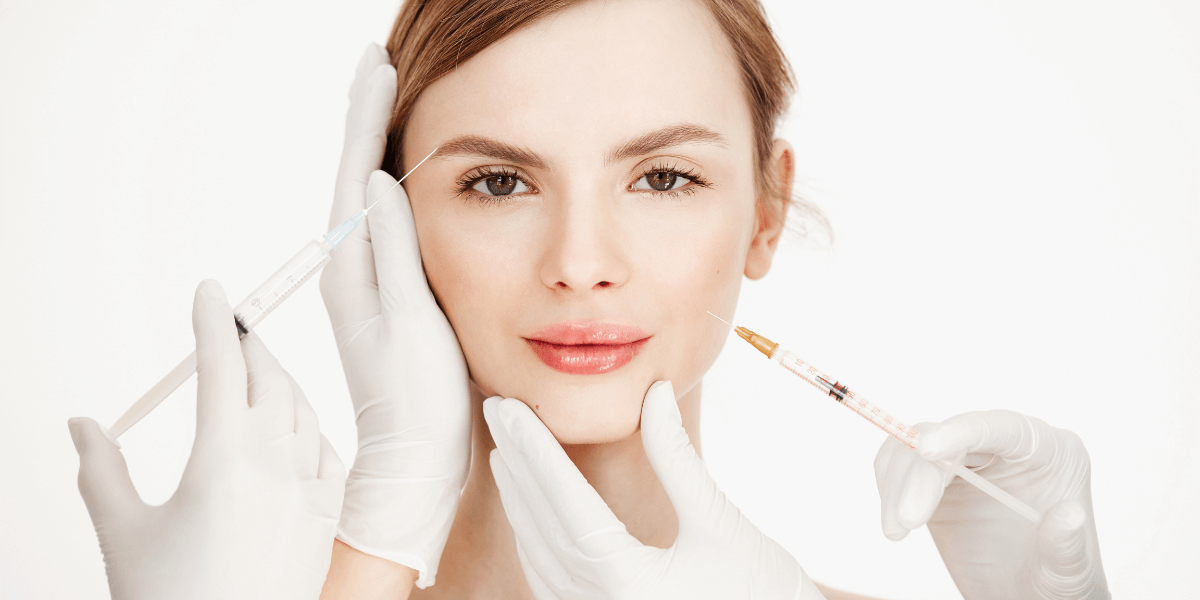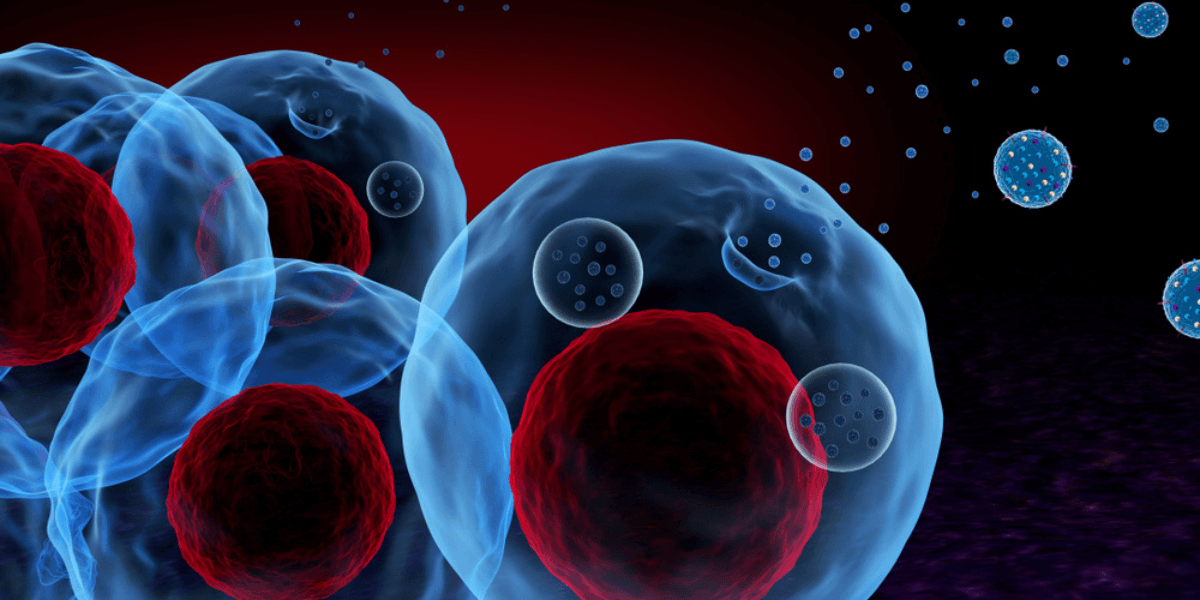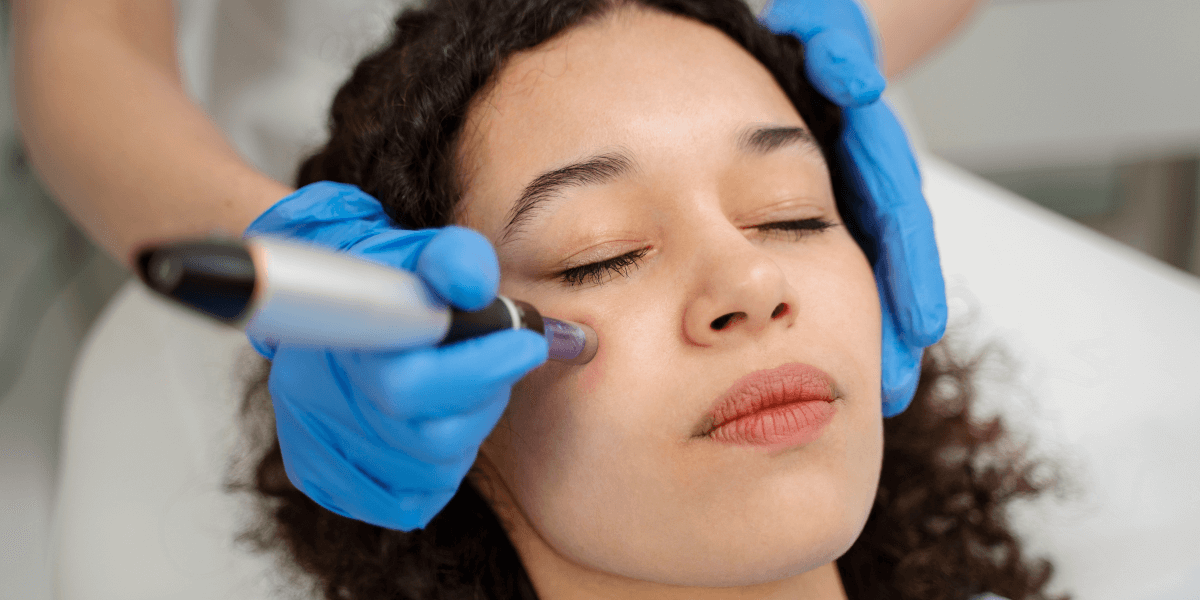Dyschromia is a common skin condition that can affect anyone. The presence of dark patches or spots on the skin characterizes it. Dyschromia is caused by an overproduction of melanin, the pigment that gives skin its color. While dyschromia does not always require treatment, it can be bothersome for people who are particularly sensitive to their appearance. This article will discuss some of the treatments available for dyschromia, as well as some tips for prevention.
What Is Dyschromia?
Dyschromia is a broad term used to describe any discoloration of the skin. It is not a single condition, but rather a group of conditions that can range in severity. In some cases, dyschromia can be caused by an underlying medical condition, such as a vitamin deficiency or an endocrine disorder. In other cases, dyschromia can be caused by sun exposure, aging, genetics, or certain medications. Regardless of the cause, dyschromia can be treated with a variety of methods.
Dyschromia can affect people of any age and skin type. Dyschromia can present itself in a variety of ways, such as patches, spots, or discolorations. The most common type of dyschromia is maturational hyperpigmentation, which is characterized by dark patches of skin that tend to occur in children and teenagers. It is important to recognize dyschromia and seek treatment, as it can be a sign of a more serious underlying condition.
1. Melasma
Melasma is a common skin condition that is often mistaken for dyschromia. It is characterized by dark, patchy spots on the face, typically on the cheeks, forehead, and upper lip. Melasma is caused by an overproduction of melanin, just like dyschromia. However, melasma tends to be more severe and more difficult to treat. It is most commonly caused by sun exposure and hormonal changes, such as during pregnancy.
2. Hyperpigmentation
Hyperpigmentation is another common skin condition that is often confused with dyschromia. Hyperpigmentation is characterized by an uneven skin tone, with dark patches or spots appearing in certain areas. Hyperpigmentation can be caused by sun exposure, genetics, and injury to the skin.
3. Dyschromia vs Skin Cancer
It is important to note that dyschromia is not the same as skin cancer. While both conditions can cause dark patches or spots on the skin, skin cancer is much more serious and requires medical treatment. Skin cancer is caused by abnormal cell growth and can be life-threatening if left untreated. It is important to be aware of skin cancer’s signs and seek medical attention if you suspect you may have it.
The main difference between dyschromia and skin cancer is the cause. While dyschromia is usually caused by an overproduction of melanin, skin cancer is caused by abnormal cell growth. Additionally, skin cancer requires medical treatment, while dyschromia can often be treated with lifestyle modifications and over-the-counter products.
4. Sunscreen and other protection strategies
One of the best ways to prevent dyschromia is to protect your skin from the sun. Wearing sunscreen with a minimum SPF of 30 can help to reduce your risk of developing dyschromia. Additionally, wearing protective clothing, such as long-sleeved shirts and wide-brimmed hats, can help to protect your skin from the sun’s harmful rays.
It is also important to avoid tanning beds, as they can increase your risk of developing dyschromia. Additionally, avoiding smoking and excessive alcohol consumption can help to reduce your risk of developing dyschromia.
Treatments for Dyschromia
Fortunately, there are a variety of treatments available for dyschromia. The most effective treatment will depend on the cause and severity of the condition. Some treatments that may be recommended include:
- Topical Creams or Ointments: Topical creams or ointments may be prescribed to lighten the skin, reduce inflammation, and reduce the appearance of dark spots.
- Laser Therapy: Laser therapy can be used to reduce the appearance of dark spots and even out the skin tone.
- Intense Pulse Light (Ipl): IPL can be used to reduce the appearance of dark spots and even out skin tone.
- Chemical peels: Chemical peels can help to lighten the skin and reduce the appearance of dark spots.
- Microdermabrasion: Microdermabrasion can help to reduce the appearance of dark spots and even out the skin tone.
When seeking profession grade treatments like laser, IPL, and chemical peels, it is important to speak with a physician that specializes in these treatments.
Conclusion
Dyschromia is a common skin condition that can affect anyone. It is characterized by the presence of dark patches or spots on the skin and is usually caused by an overproduction of melanin. While dyschromia does not always require treatment, it can be bothersome for those who are particularly sensitive to their appearance.
There Are a Variety of Treatments Available for Dyschromia.
If you are concerned about dyschromia, it is important to speak with a physician. They can help you to determine the best treatment option for your specific condition and advise you on lifestyle modifications and protection strategies. With the right treatment and protection, you can say goodbye to sun spots and have healthy, clear skin again.
Sun spots, age spots, and dyschromia are common conditions we treat at The Youth Fountain in Freehold, New Jersey. We review all the available treatment options with our patients to create a treatment plan that is most suitable for their aesthetic concerns.



